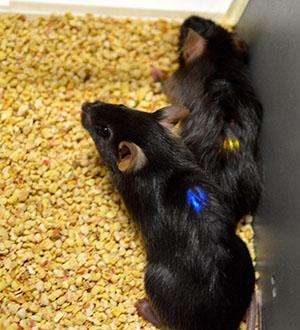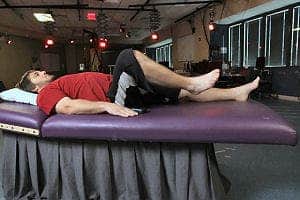
When you think of sutures, you probably imagine the simple thread used to close wounds. But a team of researchers has taken this ancient medical tool into the future. They’ve designed an electricity-based suture that not only seals wounds but also generates electrical stimulation as it biodegrades, promoting faster healing.
How does it work?
The suture, known as the BioES-suture, is made from a biodegradable polymer combined with a magnesium core. As it stretches and contracts with muscle movement, it generates a small electric field. There is no external power source. This electric field mimics the body’s own internal electrical systems, helping cells to proliferate and wounds to close more quickly.
When skin or muscle tissue is injured, cells begin to migrate toward the wound, drawn by subtle electric fields created by ions flowing through the damaged area. These fields direct key processes, like the movement of cells that form new tissue, the creation of blood vessels, and the signaling of growth factors, which help regenerate healthy tissue. One 2023 study found that electrical stimulation could heal wounds up to three times faster.

The idea of using electricity to speed up wound healing is not new. Electrical stimulation has been previously shown to promote tissue repair, stimulate growth factors, and even reduce the risk of infection. Until now, however, most devices that harness this process were bulky or required an external power source like a battery.

The researchers led by Hongzhi Wang of Donghua University in China tested the sutures with rats, where they showed significant improvement in healing time. The sutures accelerated the repair of muscle wounds by approximately 50%, and signs of tissue regeneration appeared earlier compared to traditional sutures.
It’s like giving the body a little nudge, enhancing what’s already happening on a cellular level. And by using the body’s own movement as a power source, this suture can provide continuous stimulation as long as the patient is moving.
A Future for Surgery and Beyond
While the researchers focused primarily on muscle wounds, the potential applications for BioES-sutures extend beyond this. They could be used in surgeries involving internal organs, tendons, and skin wounds.
As the suture biodegrades, there’s no risk of leaving foreign material in the body. Its components — polylactic-co-glycolic acid (PLGA), polycaprolactone (PCL), and magnesium — are absorbed safely without causing harm or requiring a second surgery to remove them.
Though still in the experimental stage, the team has already begun refining the design for other applications and hopes to bring it into human clinical trials soon.
Traditional sutures are a centuries-old technology. Yet, with this modern upgrade, they are poised to become an even more vital tool in the operating room.






